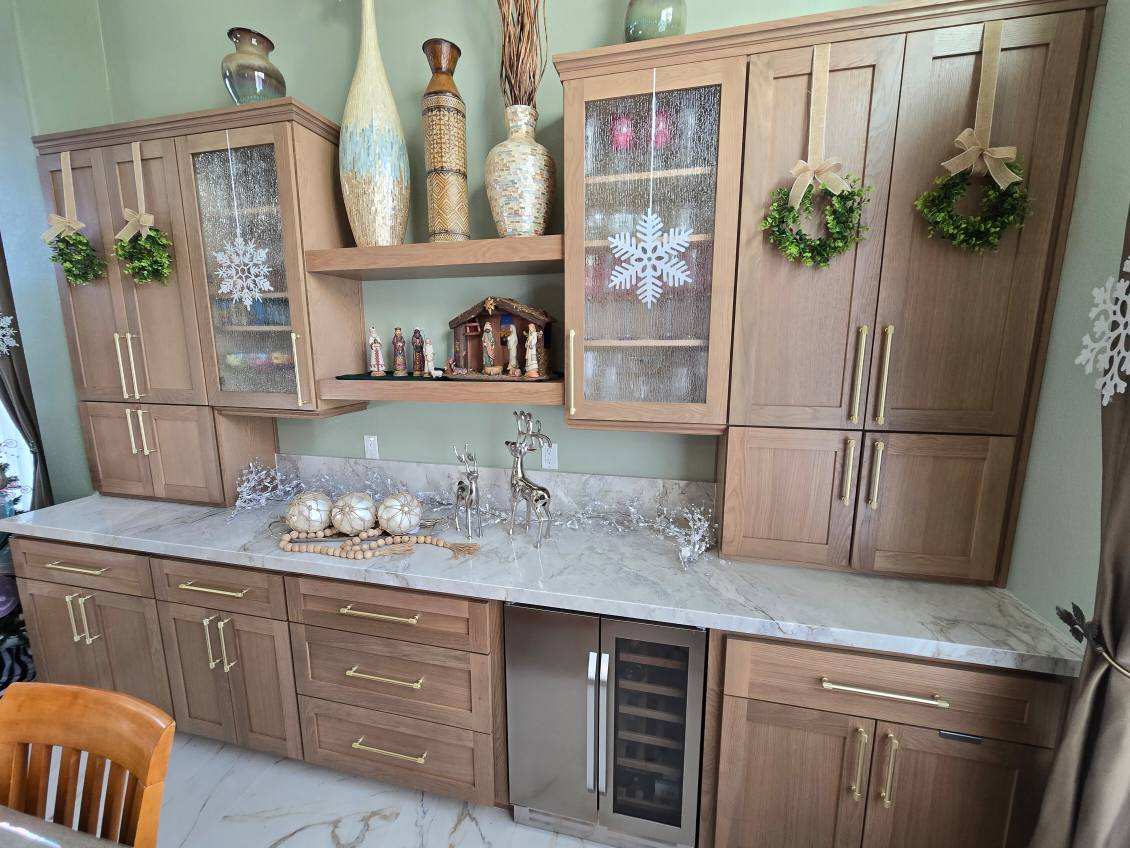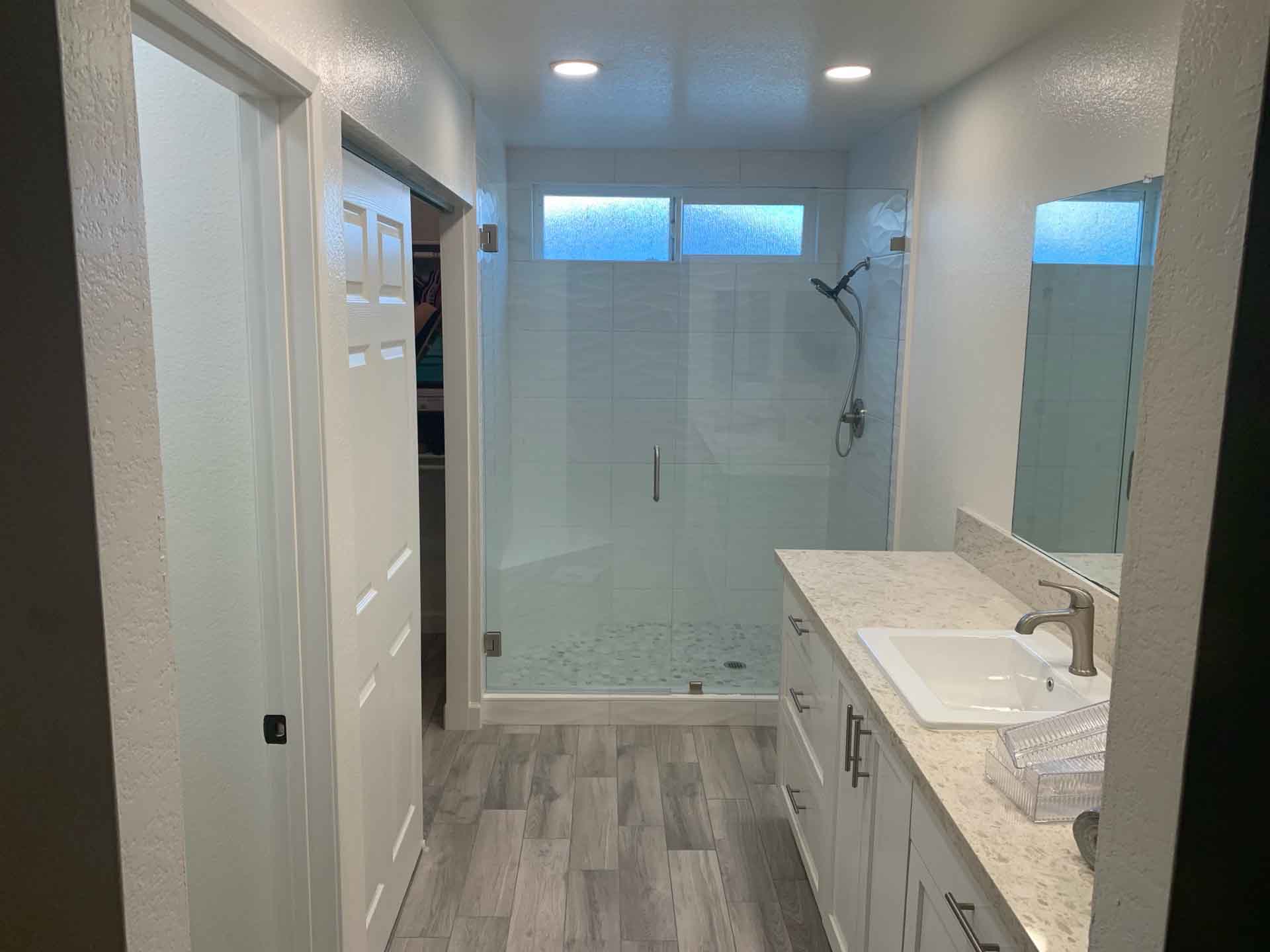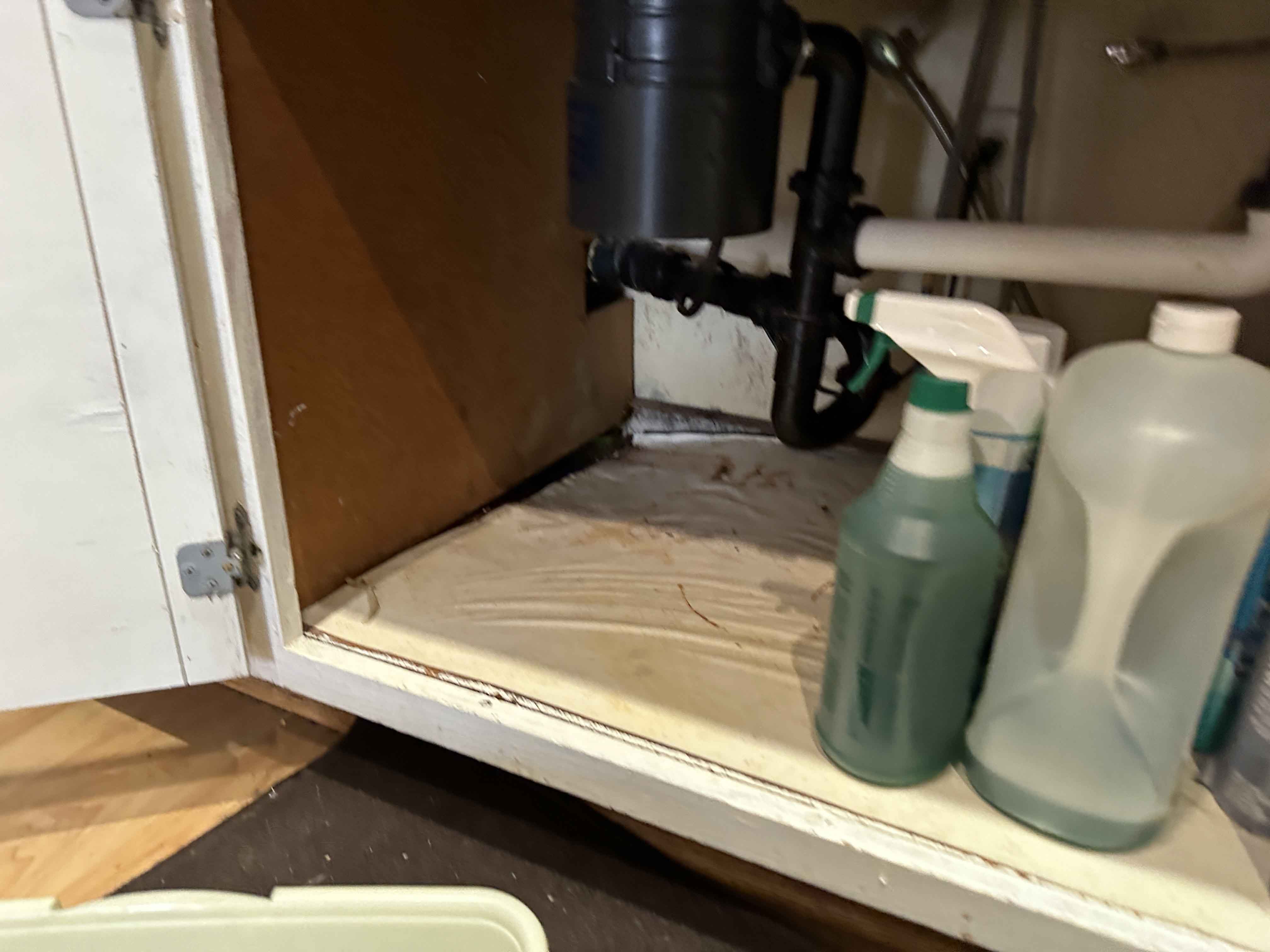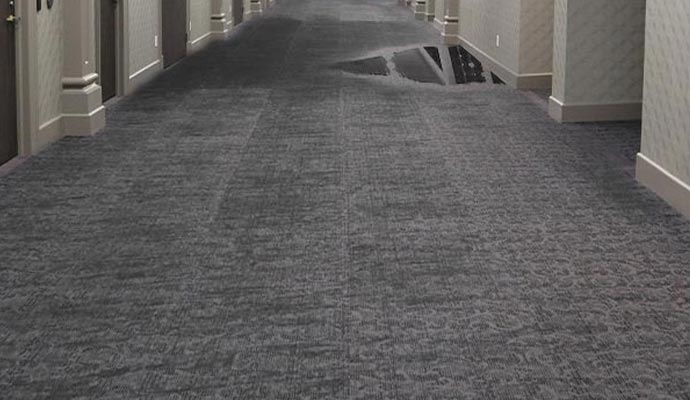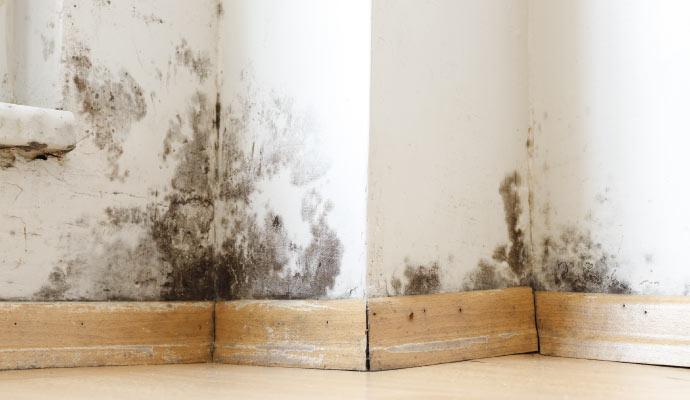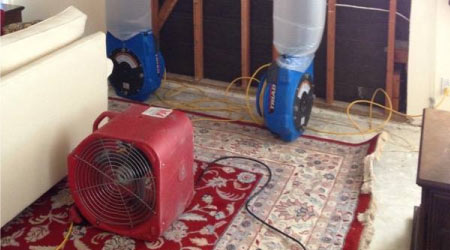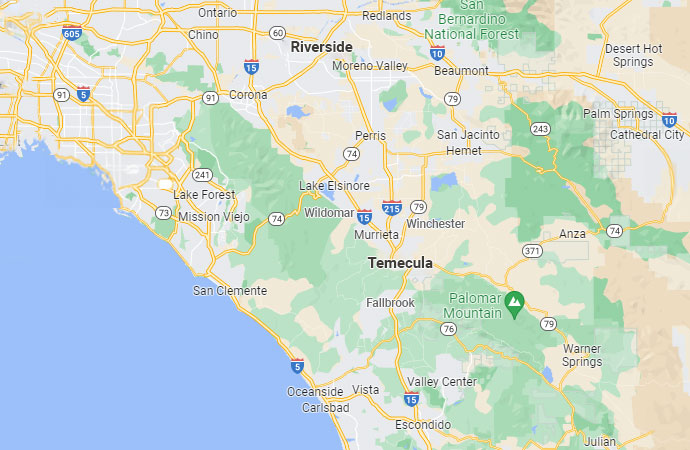Water Damage: Beyond the Obvious - Unexpected Culprits and Red Flags

Water damage can be a homeowner's worst nightmare, causing extensive and costly repairs while potentially jeopardizing the structural integrity of the property. A great many homeowners and business owners are vigilant about protecting their homes and buildings from the obvious culprits of water damage, such as floods and leaking roofs but there are several less apparent sources that can silently wreak havoc on your property. Some of the less obvious sources of water damage include hidden leaks, improper drainage, and aging infrastructure just to name a few.
Hidden or undetected leaks are one of the most insidious sources of water damage. They can occur anywhere in the home.They can be found within walls, ceilings, and even beneath flooring, slowly causing damage that spreads over time. Leaky pipes, faulty plumbing fixtures, or deteriorating seals in appliances like dishwashers and washing machines can all be contributing factors to hidden leaks. Homeowners must be vigilant and keep a close eye on water bills for sudden spikes in usage, monitoring water pressure, and regularly inspecting areas around plumbing fixtures for signs of moisture or discoloration.
Improper Drainage is a sure fire cause for water leaks. Improperly designed or clogged drainage systems can lead to water accumulation around the foundation of a home or building. When water is not effectively channeled away from the property, it can seep back into the foundation, causing cracks, mold growth, and structural instability. By regularly inspecting and cleaning gutters, downspouts, and drainage channels, you can ensure water is being directed away from the house and not back into the foundation.
An aging infrastructure without constant and effective care and maintenance will be a hotbed for hidden water leaks. Older homes may have aging infrastructure, including pipes, water heaters, and roofing, which are more susceptible to leaks and water-related issues. Old corroded pipes, rusted water heaters, and deteriorating roofing materials can all lead to water damage if not properly maintained or replaced. Regular inspections by a well trained and qualified professional can help identify potential problem areas and allow for timely repairs or upgrades.
Condensation can be a subtle and common yet significant source of water damage, particularly in areas with high humidity levels. Poor or improper ventilation in bathrooms, kitchens, and attics can lead to condensation buildup, promoting substantial mold growth and deterioration of building materials over time. Ensuring proper ventilation and the use of exhaust fans in moisture-prone areas can help reduce this risk.
Landscaping components and the corresponding elements such as improperly graded yards or flowerbeds placed too close to the home, can contribute to significant water damage. When water is allowed to pool at or near the foundation, it can quickly seep into the home's structure and cause extensive damage. Correcting landscaping issues and maintaining proper grading can prevent water from infiltrating vulnerable areas of the home’s foundation.
By understanding the less obvious sources of water damage, homeowners can have an additional tool in protecting their investment. Continual and ongoing maintenance, vigilance, and well trained professional inspections can help identify and address these hidden threats before they escalate into costly and extensive repairs. By staying proactive, property owners can safeguard their homes from the damaging effects of hidden leaks, ensuring a secure and dry living environment for years to come.

